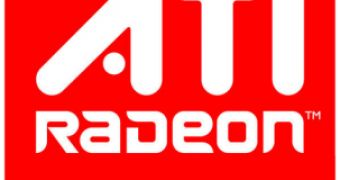NVIDIA is trying to convince us that its PhysX technology is the best way for handling in-game physics, although its technology isn't much supported by current games. In fact, Havok, NVIDIA's competitor in the physics department, is doing quite well, especially since it has support for almost 300 games and the number keeps growing.
This is rather unfortunate for NVIDIA, as the company's graphics card lineup is still the best choice for users wanting high-end performance levels for their ultimate gaming-rigs. Until it manages to convince people that the physics approach is the way of the future, NVIDIA's PhysX technology is still far from being attractive to users. And until that happens, Havok has enough room to build a strong position on the physics market and extend its gaming support.
But, as compared to the Santa Clara based manufacturer's solution, Havok is currently supported on a CPU. AMD's graphics division, ATI, supports Havok but doesn't run it on its GPUs; instead it optimizes its code to run Havok faster on Intel and AMD CPUs. Advanced Micro Devices is rumored to be working with Intel to enable physics on its GPUs, although no concrete details on the matter have yet surfaced. This is probably because Intel is expected to use Havok for its upcoming Larabee chip, which has been set to put NVIDIA's CUDA in the shadow.
According to some ongoing rumors, NVIDIA believes that AMD will never receive license from Intel to perform Havok physics on its GPUs. Although these are just rumors, they are rather reasonable if Intel really plans to revolutionize the graphics market and place itself above competitors NVIDIA and AMD. For the time being everybody expects more details on Intel's upcoming graphics chip, but it seems that Intel currently has no intention of releasing such details.

 14 DAY TRIAL //
14 DAY TRIAL //